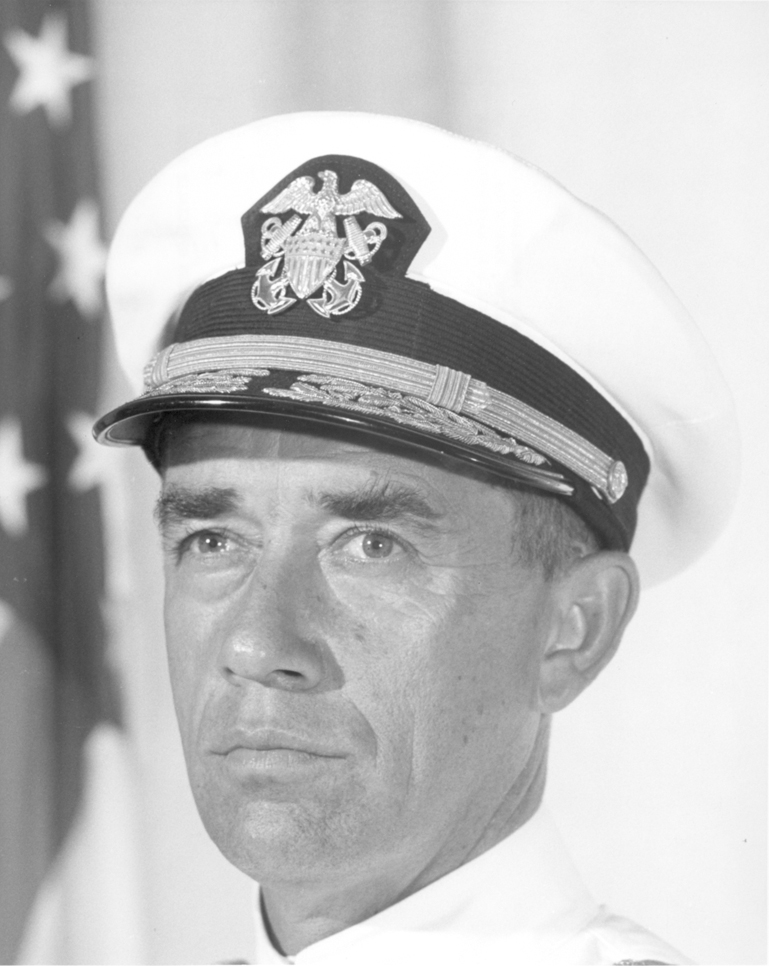
Eugene P. Wilkinson: Nuclear Navy Pioneer
The following is an excerpt from the introduction of Vice Adm. Eugene Parks Wilkinson’s oral history for the U.S. Naval Institute. Parks…
Copyright 2024 U.S. Naval Institute. All Rights Reserved.